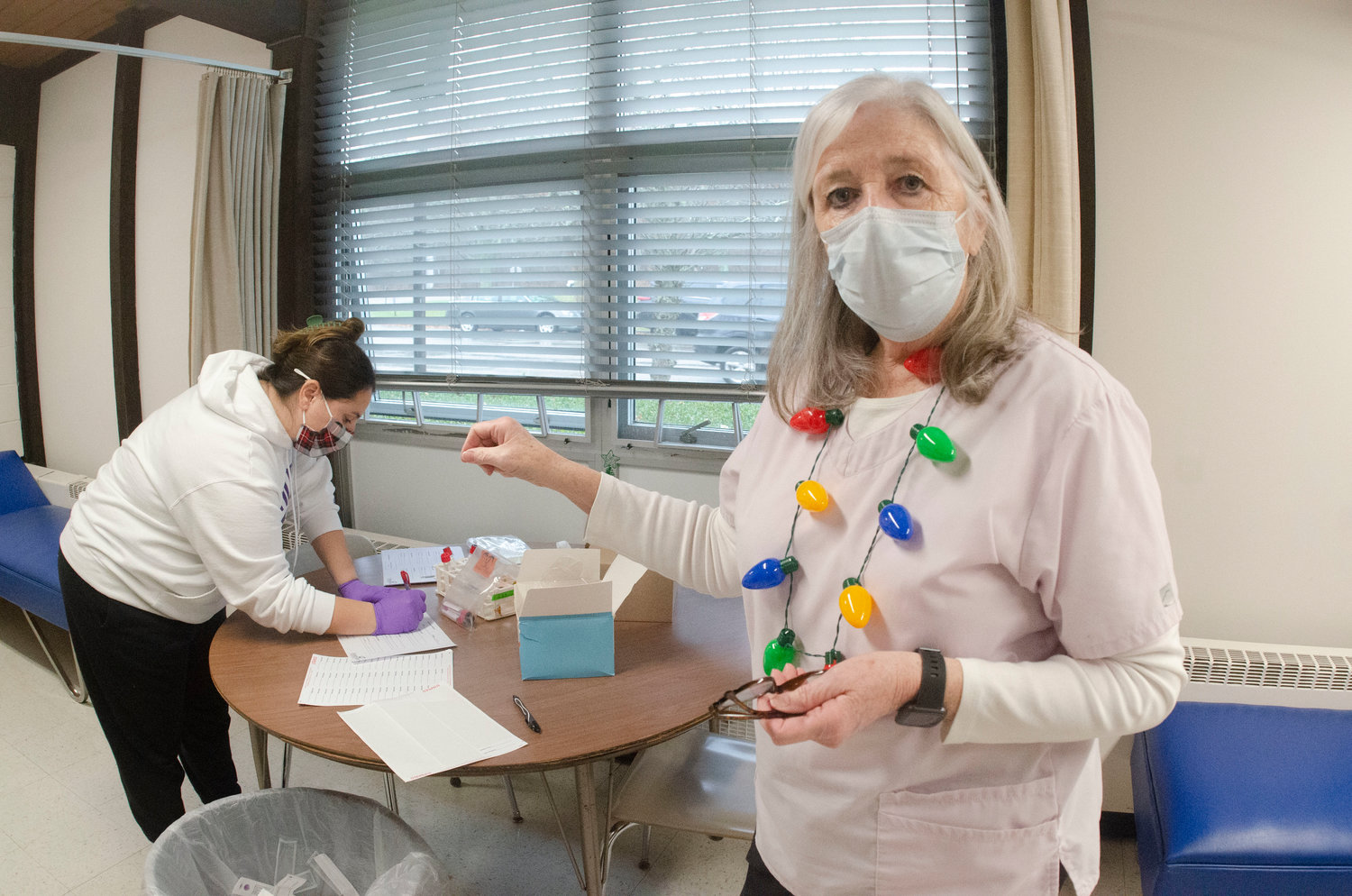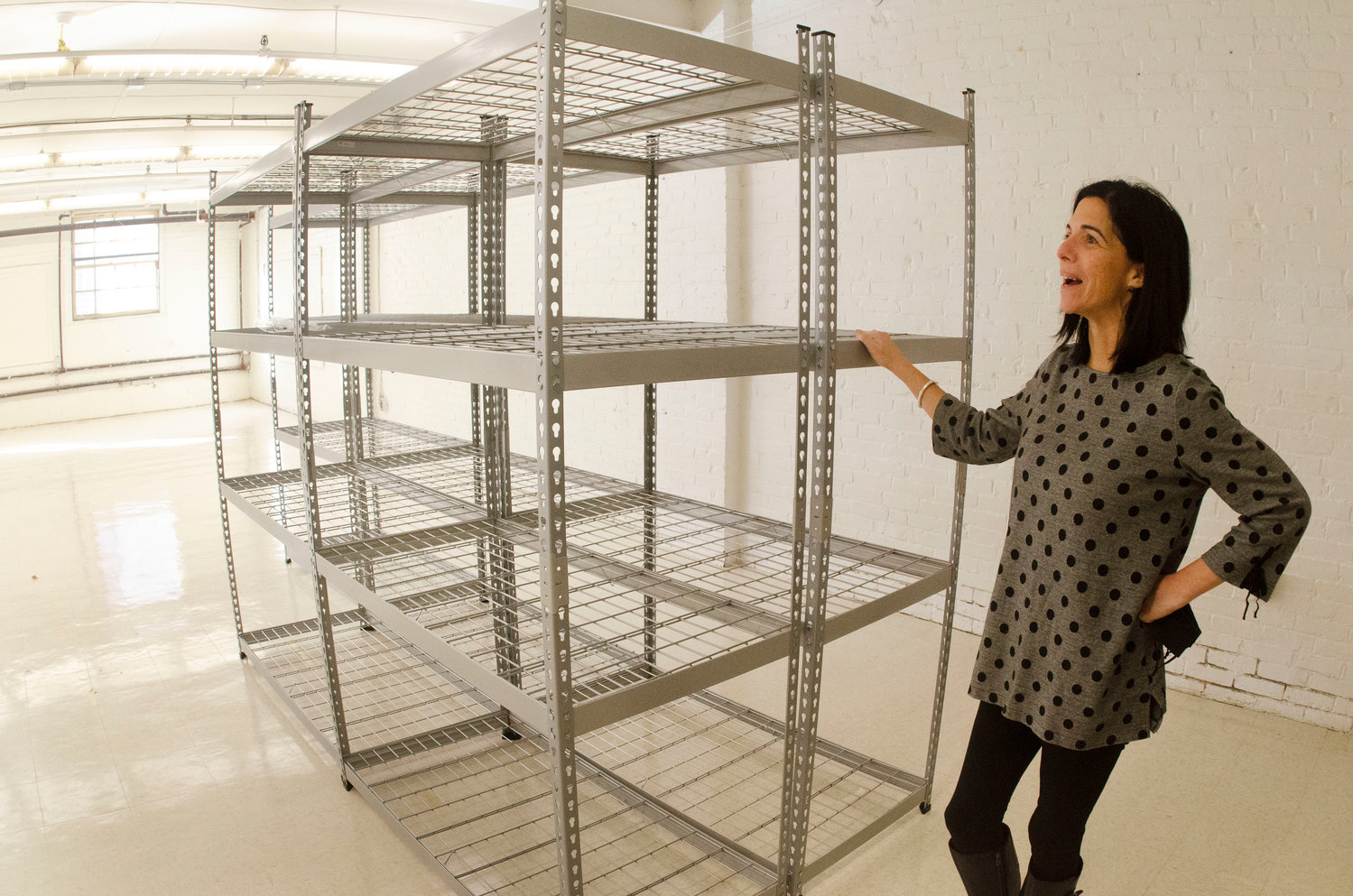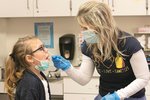Schools update COVID screening and quarantine protocols
The Bristol Warren Regional School District has updated its policies for the quarantining and testing of students and student athletes, reducing the period of time certain close contacts of …
This item is available in full to subscribers.
Please log in to continue |
Register to post eventsIf you'd like to post an event to our calendar, you can create a free account by clicking here. Note that free accounts do not have access to our subscriber-only content. |
Day pass subscribers
Are you a day pass subscriber who needs to log in? Click here to continue.
Schools update COVID screening and quarantine protocols
The Bristol Warren Regional School District has updated its policies for the quarantining and testing of students and student athletes, reducing the period of time certain close contacts of COVID-positive peers must isolate and changing to a "monitor to stay" approach that will allow for close contacts, even those who are unvaccinated, to remain in school so long as they do not develop symptoms.
The full policy change has been sent out to parents and the school community in an email on Wednesday, which can be read here.
Officials meet to discuss updates
District superintendents and officials from RIDE and the Rhode Island Department of Health met this week to discuss updates to COVID-19 protocols for testing and quarantining students, with the underlying goal of keeping kids in school and out of quarantine.
Although no concrete decision from the state has yet been announced, the meeting gave a chance to get feedback from school administrators regarding how to best move forward at a time when cases are surging due to the Omicron variant, but concerns over kids missing long periods of school due to lengthy quarantines remain a priority for educators and parents.
Keeping track of the range of protocols regarding the screening, testing, quarantining, masking and, not to be forgotten, the actual education of students during the COVID-19 pandemic has been no small task for anyone involved in the academic arena — be it parents, teachers, administrators, or the students themselves.
“We’re always flexible, that’s just what we have to do,” said Bristol Warren Superintendent Ana Riley during an interview regarding those protocols on Monday.
Riley, who spent about two years as the deputy commissioner for instructional programs at the Rhode Island Department of Education (RIDE) before taking the top job in the Bristol Warren district, knows about the complexities and changing nature of COVID protocols all too well.
Following the meeting on Tuesday, Riley said on Wednesday morning that the state seems primed to go forward with a strategy focused around in-school testing and monitoring symptoms for all close contacts of positive cases.
Quarantine period to be reduced
As local policy has long dictated, unvaccinated students who are a close contact of a positive case are forced to quarantine and miss in-person education for 10 days, regardless of whether they develop symptoms. Vaccinated students may remain in school so long as they remain symptom free and test negative between days 5 and 7 following exposure.
“That’s the biggest complaint, and that’s what we’re trying to move away from,” Riley said. “Where their child is perfectly healthy but have to quarantine. As a parent, I completely understand that. It’s very frustrating and we want to shift away from that.”
But Riley said on Wednesday morning that Bristol Warren would be changing that policy this week, and shifting to the new guidance from the CDC and RIDOH, which cuts that quarantine period down to five days for those who test positive. Close contacts of positive cases, who are vaccinated, will not need to quarantine so long as they do not develop symptoms, while unvaccinated close contacts will be out for five days — provided they do not fit the criteria for the "monitor to stay" approach now being embraced by the district (those criteria are included in the school communication linked above).
Riley said the impetus for this immediate change prior to a formal declaration from the state comes from the confusion happening over who administers a test that turns up positive.
“We have parents here in Bristol Warren who, depending on where they’re going and getting results, are being told to isolate their child for five days, but if child gets tested at school, they’re told to isolate for 10 days,” Riley explained. “We’ve met with nurses and principals and feel we can’t have parents getting two different messages from two different places.”
The best way to help kids stay?
Riley said that the state has been considering two approaches for testing and responding to positive cases within schools, with the goal to prioritize keeping kids in school and avoiding lengthy quarantines.
One approach is called test to stay, where unvaccinated close contacts of a COVID-positive peer can remain in school so long as they do not develop symptoms and test negative each morning before school or school activities for seven consecutive days. However, this approach would only be eligible to those in Pre-K to 6th grade, as that age group has had less time to become vaccinated than their elder peers.
The preferred approach, to Riley, is what has been done in Connecticut — an approach called “screen to stay”, where unvaccinated students who develop symptoms can stay in school so long as they receive a negative test, and all unvaccinated close contacts of positive cases can stay in school so long as they remain symptom free. This option, unlike test to stay, could be implemented district-wide to Pre-K through 12th grade students, which Riley sees as beneficial for cutting through some of the confusion.
“I think for us, I really like that option,” Riley said. “The numbers [of infections] have been low enough that we could feel comfortable doing screen to stay, and monitor students who have symptoms with testing.”
Riley said on Wednesday that it seemed the state was leaning in the direction of screen to stay, but was opting to alter the language and call it “monitor to stay” in hopes for better clarity.
It is important to note that the Department of Health and RIDE have updated their policies to once again allow antigen rapid tests as suitable proof of health status for students. Meaning, if an unvaccinated student comes down with symptoms or is a close contact, they could be tested in school (with parental consent) and receive a result quickly, keeping their educational disruption to a minimum.
Vaccinations remain a key piece of the puzzle
With vaccinations now available to all school-aged children, Riley emphasized that getting vaccination numbers up in schools across the district remains a top priority and the best way to ensure your child doesn’t face quarantining and school disruption.
As of the most recent update on Dec. 31, vaccination rates among the whole population of school staff and students is as follows: Mt. Hope High School (63 percent fully, 67 percent partial); Kickemuit Middle School (47 percent fully, 54 percent partial); Hugh Cole (26 percent fully, 34 percent partial); Colt Andrews (28 percent fully, 37 percent partial); Rockwell (43 percent fully, 52 percent partial); and Guiteras (38 percent fully, 48 percent partial).
“We’re getting there,” Riley said of the numbers. “I would love to see them higher just so we know our kids have some extra protection against COVID. We know it doesn’t entirely prevent it, but we can at least hope it will help keep any symptoms less severe.”
Riley said that the schools will continue to provide vaccination clinics for students, parents and other members of the school community throughout January and into February.
Transmission in schools remains low
Riley emphasized another point of importance — that transmission rates of COVID within the schools themselves is extraordinarily low. As of the most recent update from the week prior to vacation, there were 121 cases identified in Bristol and 87 cases in Warren throughout the whole community, and just 15 of those cases were from the school population.
Riley said on Wednesday that although the district has seen a notable spike in cases among the school population following the holiday break, schools remain the safest place for kids due to the litany of health protocols that are enforced day-to-day.
“I think we’re doing a good job of maintaining ventilation, masking and spacing, which is helping keep our numbers low,” Riley said. “If kids are getting COVID, they are most likely getting it from outside of the school…School is the safest place for our students, and we continue to keep monitoring to make sure we don’t have outbreaks.”
For parents who remain concerned, Riley emphasized continuing faith in the nursing staff within the district’s schools.
“Our school nurses are awesome and they have good protocols and good plans and good communication with parents,” she said. “I think we’re all on the same page. Schools are ready for this and they want to move towards this because school is the safest place for kids.”











